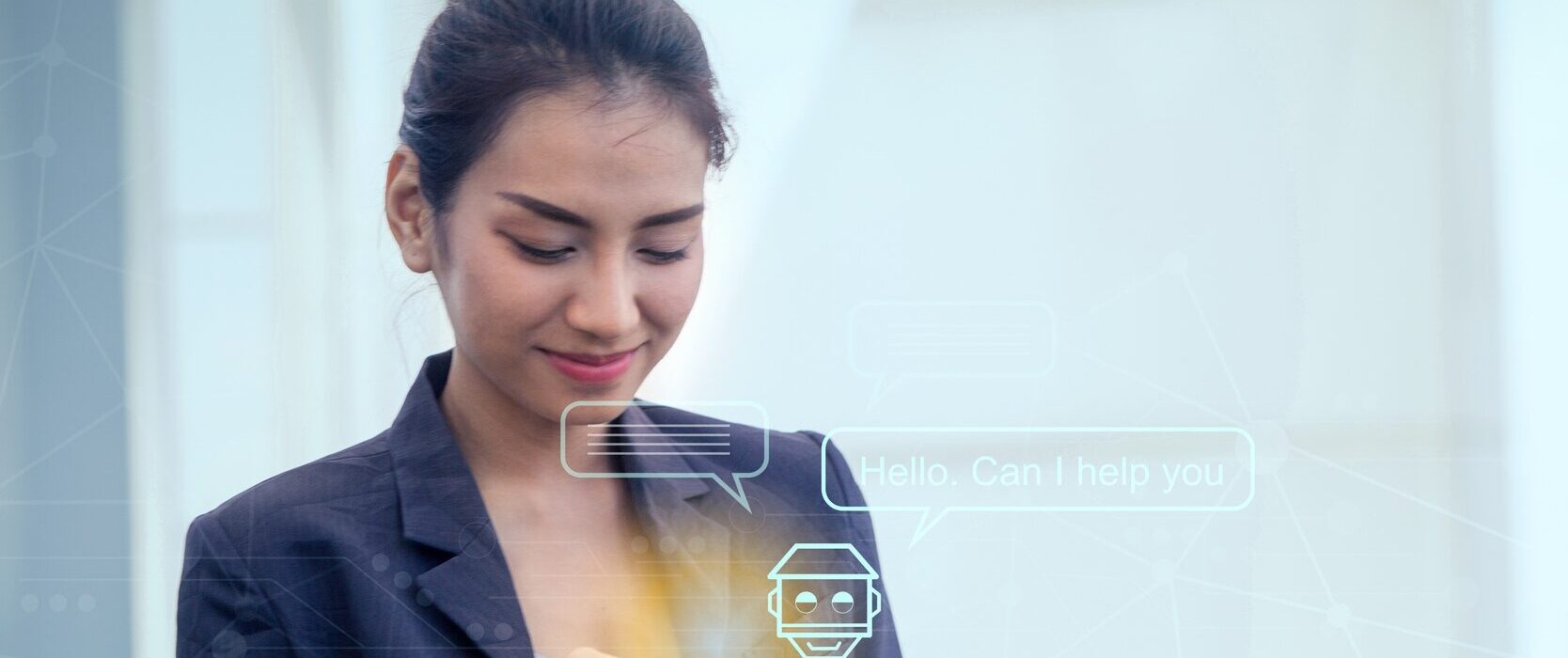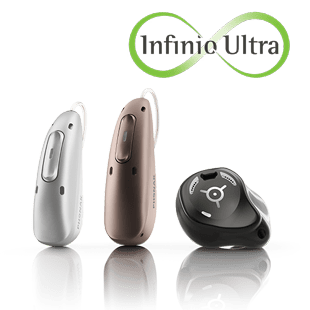
Curious about how AI is reshaping audiology?
The future belongs to those curious enough to explore it and courageous enough to prepare for it. Discover how artificial intelligence is transforming hearing care and how you can access a webinar series designed to help you prepare.
Artificial intelligence is transforming our profession, changing how we analyze sound, connect with clients, and deliver care. As these technologies continue to evolve, our ability to adapt will shape the future of hearing health care.
I was honored to present at Phonak’s AI in Audiology Symposium, where experts came together to explore how artificial intelligence is reshaping our field. With over 25 years in hearing health care and a master’s in future technologies, I’m passionate about exploring how AI will transform our work. My deep expertise in AI’s evolving applications inspired my research on the capabilities humans need to thrive and excel alongside emerging technologies.
When we ask whether audiology is future-ready, we need to consider how AI can propel our profession forward. Adopting a holistic view of AI’s potential lets us actively shape our future instead of having to react to change. Success in the future will depend on three core skills:
- AI upskilling – Gaining a clear, working understanding of AI’s ability and potential.
- Foresight – Imagining how AI will evolve and amplify our work, then planning accordingly.
- Adaptability – Remaining open and curious, ready to explore new approaches and evolve our professional identity alongside emerging technology.
AI upskilling
AI is often hyped. At its core, it’s about training computers to mimic human cognition using vast data sets and big computing power. Generative AI goes further, creating novel text, images, code, video, or music.
Key generative AI traits:
- Creativity: Generates truly new content, not just automating tasks.
- Continuous learning: Improves over time by training on massive datasets.
- General purpose: Applicable to nearly any task like writing, designing, strategizing, analyzing. It’s blurring creative, analytical, and technical boundaries.
- Multimodal & contextual: Understands and responds to text, voice, or images, maintaining conversational context and tone.
Some of AI’s most powerful “superpowers” include:
- Natural language processing: The ability to converse with AI in a way that feels intuitive, seamless, and affirming.
- Real-time personalization: AI can adapt its responses to your language, dialect, slang, age, interests, communication style, or mood—opening what feels like authentic engagement (for example, highly resonant tools for teenage hearing-health counseling).
- ‘Cognitive-task’ automation: By mimicking tasks like contextual framing, critiquing, and iterative refinement, AI can shoulder much of our administrative burden, freeing us to focus on the most human-centered high-value aspects of our work.
My talk covers some practical uses such as: Bottom of Form
- Summarizing research papers and pulling out key insights.
- Ideating marketing ideas or drafting newsletters.
- Critiquing your communication style and offering feedback.
Developing foresight
Most professionals are busy with day-to-day work and don’t have time for future planning. Futurists specialize in analyzing trends, emerging technologies, and societal shifts. They don’t predict a single outcome but map a range of possible future states. Scenario frameworks for healthcare and hearing health can then inspire and guide our preparations for what lies ahead.
Some future healthcare trends that are interesting to consider when imagining the future of hearing health include:
- Personalized, preventive medicine: A shift toward tailoring care based on individual genetics, lifestyle, and environment emphasising prevention rather than treatment.
- Big Tech’s power and direct-to-consumer reach. Major tech companies provide the technology to enable new possibilities (think of the impact smartphones have had on how we live and work) but we need to consider the influence they hold and their direct-to-consumer reach.
- Virtual care & continuous monitoring: Growth of telehealth, at-home medical assessments, and real-time device monitoring enable care and adjustments to happen anytime, anywhere.Bottom of Form
Cultivating adaptability
Generative AI’s arrival is only the beginning of a profound transformation. We must be ready to unlearn old practices and embrace new ways of working. Adaptability is a skill everyone can develop, and we can foster change-adaptive environments. Despite AI’s power, we remain essential.
AI can process sound; we help people process life with hearing loss. As we face some uncertainty around how AI will play out, we need to ensure empathy and genuine human connection remain at the core of what we do.
As we integrate AI, we must continually ask:
- What is our human potential?
- How do we digitize with empathy?
- How do we build authentic connection in care?
I hope you enjoy my presentation look forward to seeing you … in our bright and boldly imagined future where we are enabled to do the best work and genuinely make a difference in the lives of people who depend on our service.
The AI in Audiology webinar series is live!
The webinar series, “Hearing care of the future: AI in Audiology,” is live and ready to explore. Whether you’re just getting started or looking to stay ahead, this is your guide to the AI-powered future of audiology.
Access the webinars now.
